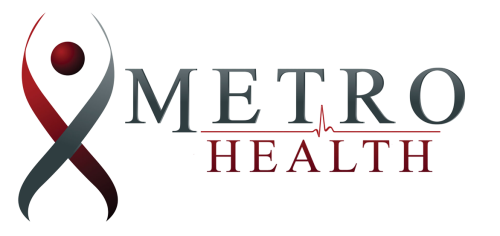If you’ve walked the aisles of the grocery store lately, you’ve likely noticed that prices of food have risen significantly. Though inflation rates have begun to ease, the cost of food is skyrocketing.
In the U.S., food prices have gone up by a staggering 10.8% in the past year — the largest increase in 40 years. The cost of dining out has risen by 7.2%, and many Americans are feeling the squeeze on their wallets.
Food price increases affect seniors
Retired seniors living on a fixed budget are especially impacted by the rising cost of food. Over 15 million older adults aged 65+ are financially insecure, living at or below 200% of the federal poverty level.
With food costs spiking higher than ever, many seniors are put into an impossible situation: choosing between food on the table, medications or other essentials. A survey conducted in 2021 by the Senior Citizens League found that 25% of respondents have skipped meals due to rising costs. About 19% of respondents have visited a food pantry and/or applied for Supplemental Nutrition Assistance Program (SNAP) in the past year and 10% have gone back to work due to financial concerns.
The impact of food insecurity for seniors
A healthy, nutritious diet is essential for optimal health and wellbeing. If you’re skipping meals or eating foods with little nutritional content, it can have a major impact on your health. Studies show that older adults who do not have access to healthy foods are at a higher risk of developing mental and physical health conditions, such as diabetes, depression, high blood pressure, asthma and gum disease.
Eating three nutritious meals a day can help maintain your physical and mental health. If the high cost of food is preventing you from accessing the foods you need to support your health, there are many senior food programs available to help you get the nutrients you need.
Food support for seniors
There are many senior food programs that provide meals, foods and nutritional education. The following programs are available to older adults ages 60 and over:
Commodity Supplemental Food Program
The Commodity Supplemental Food Program (CSFP) distributes food packages and nutritional information to low-income older adults. The program educates recipients on how to prepare and eat nutritious meals to support their health. While the food packages do not provide enough to complete a healthy diet, the foods included do provide nutrients that support older adults’ health.
Supplemental Nutrition Assistance Program (SNAP)
The Supplemental Nutrition Assistance Program (SNAP), formerly known as “food stamps,” is a federal anti-hunger program that provides financial assistance to individuals and families so they can buy healthy foods. Nearly 5 million older adults receive SNAP benefits, helping many seniors stretch their budgets and use money that would’ve been spent on food on other essential needs, such as medications and utilities. Funds may be used to purchase food staples, including meat, poultry and fish, dairy, breads and cereals, plants and certain snack foods.
Seniors Farmers’ Market Nutrition Program (SFMNP)
The Seniors Farmers’ Market Nutrition Program provides low-income seniors with access to locally grown produce, honey and herbs. The program provides seniors with coupons that can be exchanged for foods and other edible goods at farmers’ markets, roadside produce stands and community-supported agriculture programs. You must be 60 or older and have a household income no higher than 185% above the federal poverty line to be eligible.
Meals on Wheels America
Meals on Wheels is a non-profit organization that operates throughout the country, providing nutritious meals, a quick safety check and visit to homebound seniors. Some communities offer additional services, such as pet food delivery, home repair services and transportation. The organization serves over 2.4 million seniors each year. While the program primarily serves older adults who have financial or physical challenges, each community has its own eligibility requirements. To request meals for yourself, click here to find your local community program.
Senior mobile pantries
Many communities offer senior mobile pantries that bring free food and groceries to local churches, schools, community centers and shopping centers. They typically serve areas where there are no nearby grocery stores or other food pantries. Mobile pantry trucks typically operate on a schedule and visit a community weekly or monthly, depending on the program. Many senior mobile pantries provide meat, fruits and vegetables, dairy, bread and ingredients to make easily prepared meals. Others provide pre-packaged grocery food boxes full of nutritious foods, and some offer personal care items, such as soap and toothpaste.
Food banks
Food banks can be found in most communities throughout the United States. Most are non-profit, charitable organizations that distribute food to those who struggle to purchase healthy foods. MetroHealth’s food pantry is available in our Apopka Access Center. The Feeding America website allows users to search by zip code to find the nearest food bank. If the nearest food bank is too far for you to travel, it may be worth calling the closest one to ask for information about a program closer to you or inquire about delivery options.

